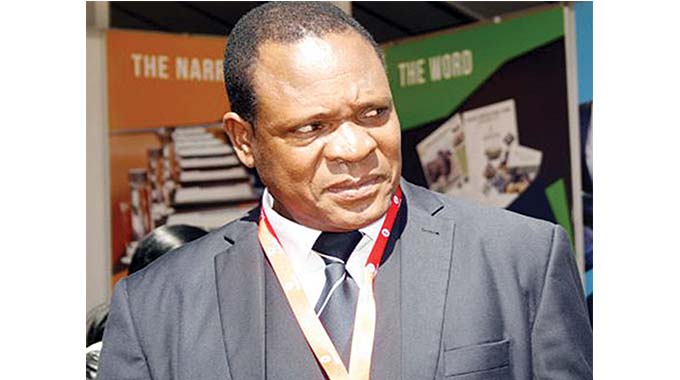Public debt, corruption – twin vices to eradicate

Business Reporters
PUBLIC debt and corruption have become ‘twin-evils’ thwarting economic growth in Zimbabwe, despite the country being endowed with vast natural resources, and the new dispensation has been lauded for its sterling efforts to eradicate these.
Zimbabwe has about US$8 billion external debt and the domestic debt is about $12 billion, according to the Treasury. The external debt is mainly owed to the African Development Bank, World Bank, European Investment Bank and other bilateral creditors.
The arrears have a huge bearing on country risk or credit worthiness, which cripples efforts to secure fresh lines of credit and foreign direct investment.
This, coupled with effects of natural disasters on the economy, and lack of robust mechanisms for resolving the accumulation of arrears have kept the country in debt distress for a long time, further affecting economic growth.
In a no-holds-barred three-day conference – Zimbabwe Annual Multi Stakeholder Debt Conference hosted by African Forum and Network on Debt and Development (AFRODAD) in conjunction with Zimbabwe Coalition on Debt and Development (ZIMCODD) in Bulawayo, stakeholders agreed that public debt and corruption were twin evils constraining growth. As such, analysts say concerted efforts are needed to fight these barriers, as well as enhancing transparency and accountability in public finance management.
“From a developmental and good governance perspective, Zimbabwe must decisively fight the twin challenges of corruption and debt, which electrocute national development, stifle public finance management and threaten rule of law,” said AFRODAD lead researcher, Mr Sharon Hofisi.
“A multi-sectoral approach to fighting debt stems from the realisation that ‘debt is the worst poverty’ as was remarked by Fuller.”
According to the 2nd money laundering and terrorist financing National Risk Assessment (NRA) of 2019, fraud, smuggling, illegal dealing in gold, corruption and tax evasion are regarded as top vices in the economy with assessed value averaging $900 million being lost per year.
Business representatives also indicated a high debt burden made it difficult for local industry to borrow for retooling and procurement of other essential inputs due to a perceived country risk. This ultimately contributed to low capacity utilisation, low productivity and low economic growth. Corruption on the other hand also reared its ugly head especially in procurement, and stakeholders said institutions such as the Zimbabwe Anti-Corruption Commission (ZACC), need support from everyone in the fight against corruption. Additionally, people linked to corruption should be profiled and never be allowed near public offices until their cases were finalised and absolved of any wrongdoing.
The country’s civic society groups, members of Parliament, businesses and Government officials mostly from Treasury participated in the conference that ran under the theme “Strengthening transparency and accountability in public debt management for sustainable development.”
The conference also saw the launch of the Annual Debt Management Report for Zimbabwe -2020.
According to the report, the country’s public debt has been increasing due to large fiscal and quasi-activities conducted by the central bank.
The constrained access to financial resources contributed to the deteriorating economic environment characterised by low economic growth, high inflation rates, worsening terms of trade, among other economic indicators.
These developments have also negatively impacted social service delivery due to inadequate resources as revenue is used to service debts. The report also noted that while debt is necessary to assist in the country’s response to the economic and humanitarian crisis, it also has potential to further complicate negotiations with external creditors to restore debt sustainability.
“Debt resolution remains central to supporting the achievement of the Government’s development objectives going forward as this will unlock the much-needed resources to address the huge infrastructure needs.
“This involves a multi-stakeholder approach on designing realistic and implementable strategies on how to address the current debt challenges while learning from experiences of other countries that faced similar situations,” reads part of the report.









Comments